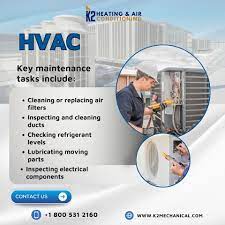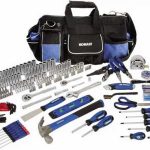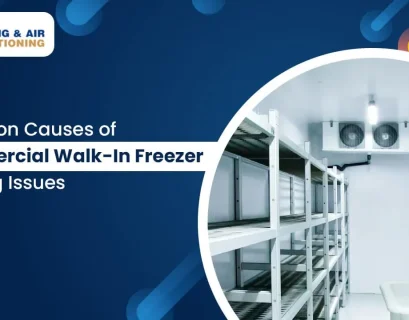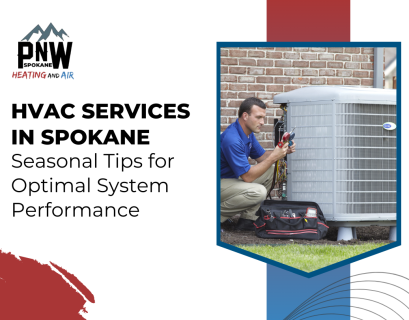In today’s fast-paced world, a functional air conditioning (AC) system is vital for comfort, especially during the hot summer months. Regular use can cause wear and tear, leading to issues requiring timely repair. This step-by-step guide will help you understand the air conditioning repair process, common issues, and how to address them effectively.
Why Air Conditioning Repair is Important
Repairing your AC unit promptly ensures optimal cooling performance, improves energy efficiency, and extends its lifespan. Ignoring small issues can lead to significant problems, resulting in higher repair costs or the need for a complete replacement.
Step 1: Identify the Problem
Before diving into repair, it’s essential to identify the issue. Common AC Conditioning problems include:
- Insufficient Cooling: If your AC isn’t cooling adequately, it could be due to a dirty air filter, low refrigerant levels, or a faulty compressor.
2. Unusual Noises: Banging, hissing, or buzzing sounds often indicate loose parts or refrigerant leaks.
3. Water Leakage: This can result from clogged condensate drains or a malfunctioning drain pan.
4. High Energy Bills: An inefficient AC unit often consumes more electricity. Dirty coils or an aging system might be the culprits.
Step 2: Gather Necessary Tools and Materials
Once you’ve pinpointed the issue, collect the tools and materials required for the repair. Essential tools may include:
- Screwdrivers and wrenches
2. Refrigerant gauge
3. Cleaning solutions and brushes
4. Multimeter for electrical checks
Having the right tools ensures a smooth repair process and reduces the chances of causing further damage.
Step 3: Turn Off the Power
Safety should always come first. Before starting any repair work, turn off the power supply to the AC unit. This minimizes the risk of electric shock and prevents damage to the internal components.
Step 4: Clean or Replace Air Filters
Clogged air filters are a common cause of AC inefficiency. Cleaning or replacing them is a straightforward process:
- Remove the filter from the unit.
2. If it’s washable, clean it with water and mild detergent. Allow it to dry completely before reinstalling.
3. Replace non-washable filters with new ones that match the unit’s specifications.
Step 5: Inspect and Clean Coils
Dirt and debris can accumulate on the evaporator and condenser coils, reducing cooling efficiency. To clean them:
- Use a soft brush or vacuum to remove loose debris.
2. Apply a coil cleaner and let it sit for the recommended time.
3. Gently rinse with water, ensuring no residue is left.
Step 6: Check Refrigerant Levels
Low refrigerant levels can cause insufficient cooling and increase energy consumption. If levels are low:
- Locate the refrigerant port and connect a refrigerant gauge.
2. Add refrigerant carefully, following the manufacturer’s guidelines.
3. Avoid overcharging, as it can damage the compressor.
Step 7: Test the Thermostat
A malfunctioning thermostat can cause temperature inconsistencies. Test the thermostat by:
- Setting the desired temperature.
2. Observing if the AC cycles on and off correctly.
3. Replacing batteries or recalibrating the thermostat if necessary.
Step 8: Clear Drain Lines
Clogged drain lines can lead to water leakage and mold growth. Clear them by:
- Using a wet/dry vacuum to remove blockages.
2. Flushing the lines with a vinegar-water solution.
Step 9: Examine Electrical Connections
Loose or damaged electrical connections can cause the AC unit to malfunction. Inspect connections for:
- Frayed wires
2. Loose terminals
3. Burnt or corroded components
4. Use a multimeter to test continuity and ensure all connections are secure.
When to Call a Professional
While many AC Conditioning repairs can be handled independently, some issues require professional expertise, such as:
- Compressor or motor replacement
2. Refrigerant leak detection and repair
3. Advanced electrical problems
4. Hiring a certified HVAC technician ensures the repair is done safely and effectively.
Benefits of Regular Maintenance
Preventative maintenance reduces the likelihood of costly repairs. Schedule regular check-ups with a professional to:
- Clean and inspect critical components
2. Identify potential issues early
3. Improve energy efficiency
Tips for Choosing the Right Repair Service
If you decide to hire a professional, consider the following tips:
- Look for licensed and insured technicians.
2. Check online reviews and ratings.
3. Compare quotes from multiple providers to ensure competitive pricing.
4. Ask about warranties on repair work.
Conclusion
Air conditioning repair doesn’t have to be daunting. By following this step-by-step guide, you can address common AC problems efficiently and prolong your system’s life. However, for complex issues, don’t hesitate to consult a professional. Keeping your AC in top condition ensures consistent comfort and peace of mind.











